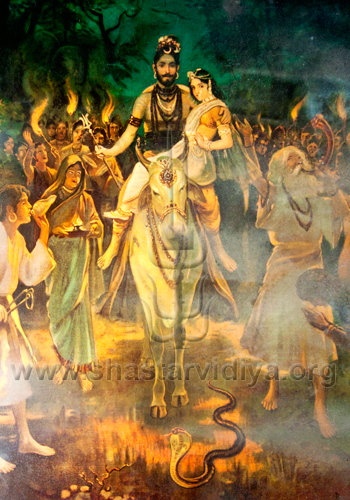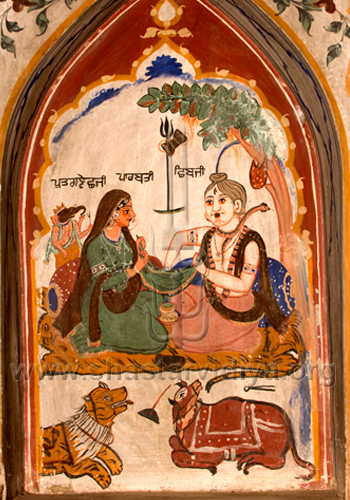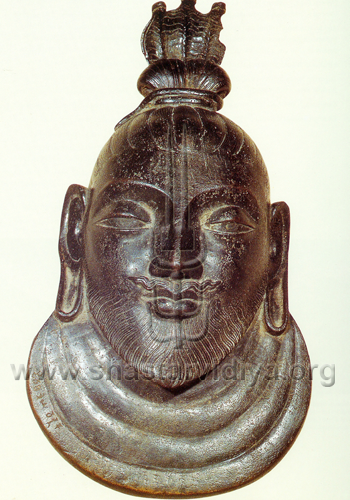"Salutations to foremost death form 'Bhairo', the great terror 'Rudra Bhairav', the 'Jagt Guru' (Guru of the world)"
(Sarbloh Guru Granth Sahib)
The first human migrants from Africa are said to have entered the Indian subcontinent some 80,000 years ago. As these ancient ancestors established themselves in what is at present recognised as the Indian subcontinent, they gave birth to the longest living civilisation on Earth.
In time, this primal Indian culture gave birth to Shiva. Shiva is best described as the archetypal Indian shaman/sage who, in time, came to be seen as an all-powerful deity known as the 'Adi Deva' (the primordial deity / source).
'He' is the inspiration behind many of the spiritual traditions, practices such as 'Simran' (meditation), yoga, classical arts and sciences of India; Sanatan Shastar Vidiya is no exception. The oldest, at present non-extant, Indian martial arts instructional manual was the 'Siva-Dhanur-Veda'. Later texts such as Vasistha's Dhanuvedasamhita were based on this work. In his work, Vasistha is quite clearly acknowledged, "his debt to an earlier work by 'Siva' or 'Sadasiva'" (P.C.Chakravarti, The Art Of War In Ancient India, (Low Price Publications, Delhi, 1993), X-XII).
As a consequence throughout history, Shiva has been accepted by all Sanatan Hindu warriors as the being the 'Isht Deva' (Guru of Gurus) of Shastar Vidiya.
However, Shiva is not seen within the Akhara as the infinite 'Brahm'/ 'Vaehguru' (the Supreme Being), nor as the personal deity 'Isht Deva' of the Sikhs.



